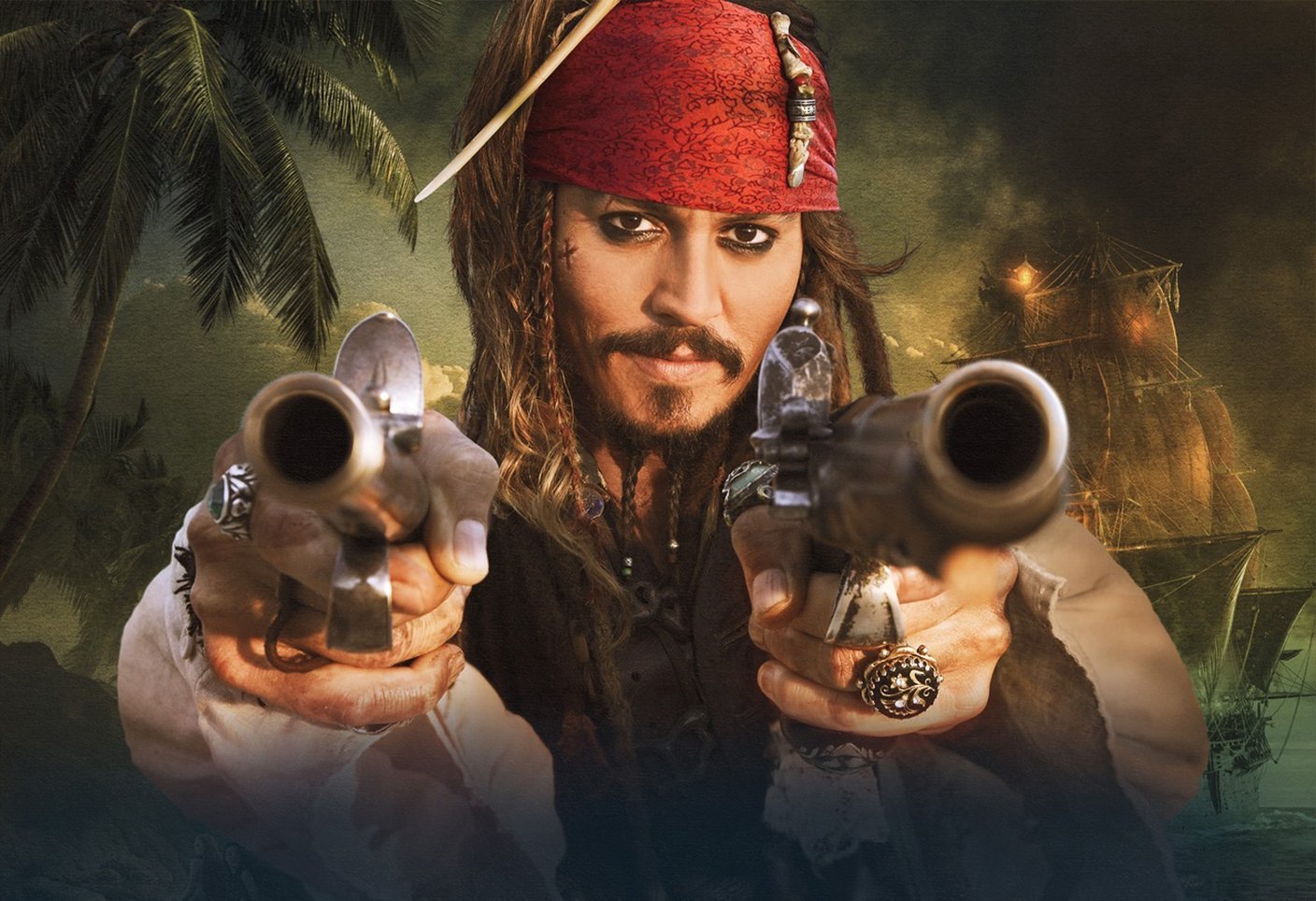
On Sept. 6, a ship full of Syrian, Palestinian, Egyptian, and Sudanese migrants left the port of Damietta in Egypt and set sail for Europe. A few days later, smugglers on a smaller ship demanded that 500 men, women, and children aboard switch to the smaller vessel. When the captain refused, the smugglers rammed their boat into the migrant ship, sinking it. They used knives to cut the hands of the survivors that tried to climb aboard their boat, laughing the whole time as they watched nearly 500 people drown. This is pirate culture. It does not consist of talking parrots, peg legs, eye patches, or Johnny Depp. In today’s society, pirate culture has been overly glorified to represent a lifestyle of freedom and independence rather than crime, murder, and terrorism.
In order to understand the cultural shift over the past 300 years, the true nature of piracy must be examined. Between the 17th and 19th centuries, piracy was considered a threat to the national interests of shipping-reliant countries. Pirates would use smaller, lighter, and faster ships to overtake larger merchant ships, climb aboard, and steal the goods on the ship. Their captives were often given one of two choices: join their crew or die. Pirates also participated in the lucrative slave trade. Privateers, a class of pirates, were given Letters of Marque from countries that allowed them to attack ships of other nations. This state-sponsored piracy is parallel to today’s state-sponsored terrorism.
There are infamous pirates throughout history that were feared in their times but are celebrated as heroes today. Henry Morgan, a privateer from England, raided Panama with 36 ships and 2,000 sailors, burning Panama City to the ground. Cheng I Sao was one of the most successful pirates in history. She controlled 1,500 ships and 80,000 sailors, and she was able to negotiate amnesty for all but 400 of them with the Chinese government. Captain Hayreddin Barbarossa was given permission by the Ottoman Empire to set up a base on the Barbary Coast and attack all Christian vessels, leading to the Barbary Wars. Algiers alone had 100 ships with thousands of sailors at its disposal and was able to hold 30,000 Christians captive. A group of pirates that operated in the Red Sea, known as the Red Sea Men, are considered the most successful criminals in history. In 1695, they seized a ship with treasures valued at $200 million in modern day currency.
The great nations of the time recognized the threats posed by piracy and signed the Declaration of Paris Respecting Maritime Law in 1856, which outlawed Letters of Marque and privateering. Piracy quickly decreased as a result, and pirates all but became an endangered species. Their disappearance led to a twisted nostalgia for their world that was fueled by literature and stories of grandeur associated with the pirate’s life. Today, movies like “Pirates of the Caribbean” thrive on this nostalgia for an unfounded past. In reality, society is celebrating thieves and murderers.
Today, pirates have made a comeback, yet society does not associate modern day pirates, like the Somali pirates, with the heroic pirates of the past. These two are one in the same, motivated by the same means and with the same ends. The Somali pirates, for example, attack commercial vessels that are typically unarmed and hold the crew and passengers or cargo hostage. In 2009 there were 197 reported attacks, and at their peak in 2011 they held 736 hostages and 32 boats. Now, their business is shrinking as a result of international efforts. In 2013 there were just 13 reported attacks.
On the rise are pirates in the South Asian seas, particularly the Strait of Malacca and the Singapore Strait. They attack small cargo ships carrying scrap metal or liquid fuel, steal the cargo, and then sell it on the black market. In 2013, there were 125 reported attacks, up from 42 in 2009. These pirates make around $2 million per ship, and global piracy costs shippers from $4.9 billion to $8.3 billion per year. This year, 163 attacks have been reported to the International Maritime Bureau, which monitors and reports pirate attacks, though they estimate that two-thirds of attacks go unreported.
People smuggling, like the ship full of migrants sunk in the Mediterranean, can also be classified as piracy. These migrants are trying to escape wars and other dangerous conditions in their home countries, and the smugglers take advantage of their desperation. In 2014 alone, over 3,000 people drowned in the Mediterranean trying to reach Europe.
Yet pirates continue to be prevalent in pop culture today. Pirates star as the heroes of movies and video games. They have been warped into costume, restaurant, party, and amusement park themes. It is time to recall the true nature of pirates. Society does not venerate the Somali pirates; people rightfully fear and detest them. But they do continue to adore the historic, romanticized version of pirates that Disney has helped to perpetuate. These two categories are one in the same and society needs to start seeing the pirates of the past for what they truly were: thieves, murderers, and terrorists. Continuing this twisted glorification of their culture is an injustice to the memories of their many victims, past and present.
